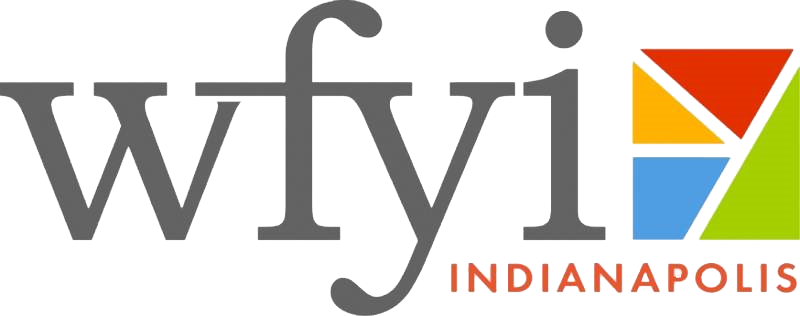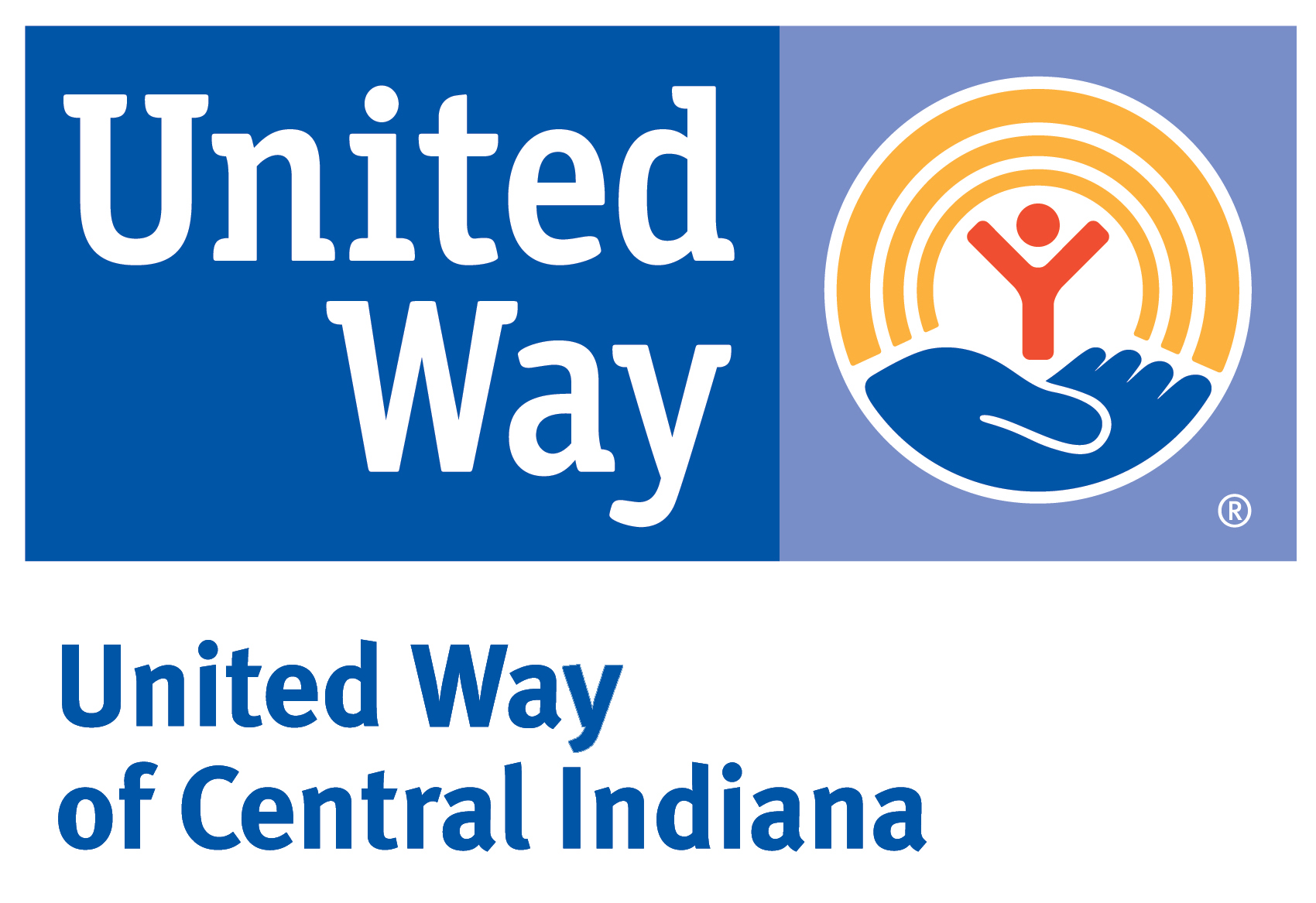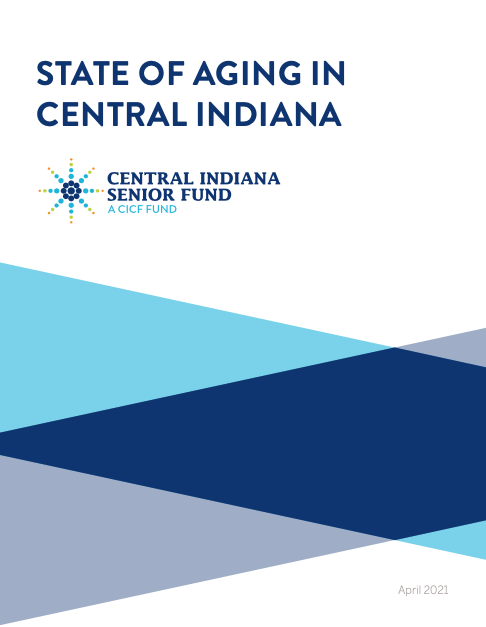Equity in Aging
SAVI Talks - April 22, 2021Older adults face inequities from the actions of individuals and organizations, and at institutional and systemic levels. These inequities are based on, but not limited to, differences in age, race, ethnicity, gender identity, and socioeconomic status and class.
On Thursday, April 22, The Polis Center, SAVI, WFYI, the IU Public Policy Institute, the IU Center on Aging Research, and the Central Indiana Senior Fund, a fund of the Central Indiana Community Foundation, will co-host the SAVI Talks: Equity and Aging webinar.
This event will look at existing financial stability inequities among Central Indiana’s older adult population and consider the impact of the COVID-19 pandemic. Presenters from The Polis Center and IU Public Policy Institute’s Center for Research on Inclusion and Social Policy will present the findings using a social-ecological model as a framework for interpreting the implications of the available data. Our panel noted below, representing social service agencies and the community, will discuss how these inequities are experienced by older adults and consider needed community action. Brittani Howell, Community Engagement Specialist, WFYI Side Effects Media, will moderate the discussion.
The findings draw from the State of Aging in Central Indiana Report, which was developed to serve as the premiere source of data related to growing older in Central Indiana. The report was developed by the Central Indiana Senior Fund in collaboration with The Polis Center at IUPUI, IU Public Policy Institute, and IU Center for Aging Research and will be published April 15.
Older Adults Experiencing Poverty
Articles and Story Maps
Explore other research and interactive content we have developed around equity.
Estimated 200,000 Indy Residents Live in Food Deserts
Using recent, local data to improve on food access measures, we find that an estimated 200,000 Indianapolis residents have low food access and live in low income areas.
Where Schools Are Changing
Families often choose where to live based on neighborhood characteristics, especially the quality and reputation of nearby schools. But we live in a highly mobile society, in a rapidly changing region, and many of Central Indiana’s neighborhoods have seen significant...
Indy’s Most Mixed-Income Neighborhoods
We measured income diversity in every neighborhood in the region, and the most mixed-income neighborhoods include the Old Northside, the tract containing Rocky Ripple and Crows Nest, and the area near Pike High School.
What Can the Opportunity Atlas Tell Us About Indianapolis?
The newly released Opportunity Atlas shows that children born in different neighborhoods can have vastly different outcomes. Children born in Indianapolis urban core have lower household incomes than those born in northern suburbs.
In Neighborhoods North of Speedway, Diversity Among Highest in Indy
Though they developed as all-white suburbs between 1940 and 1970, the neighborhoods near the Indianapolis Motor Speedway are some of the densest and most diverse in Indianapolis.
The Growing Divide Between Rich and Poor Neighborhoods
In 1970, there was a $22.6k gap between average family income in high- and low-income (80th and 20th percentile) neighborhoods. By 2016, the gap had doubled to $53.5k. Incomes grew for wealthy and middle-income neighborhoods, but fell for low-income neighborhoods.
After Public Investment, St. Clair Place’s Housing Market Significantly Stronger
Mortgage activity in St. Clair Place shows a dramatic increase in home purchases and home value since 2007. The area is more diverse than ever and poverty is falling for people of color. But home buyers are still 76 percent white.
With New Park Planned in Fishers, How Do Parks Relate to Property Value?
Indy has 51 sq. meters of park per person, while Fishers has only 4.3 sq. meters per person. In some neighborhoods, properties close to parks are worth more, in some they are worth less. On average, property near parks is worth $5K less than others in that neighborhood.
In Little Flower, More College Graduates, Young Adults, but Incomes are Falling
There’s a shrinking share of people in their 20s in this German/Irish neighborhood, but a growing of share in their 30s and 40s, as well as a growing population of children. These residents are less likely to live in poverty than other age groups, but they have still seen incomes decline 26 percent since 2010.
Income Inequality High Where Golden Hill and Northwest Indianapolis Converge
In the area where wealthy Golden Hills converges with the working-class neighborhoods of Northwest Indianapolis, income inequality is high and increasing. The area is also experiencing a growth of white households above the median income.
Contributors
Central Indiana Senior Fund Advisory Board
H. Ken Bennett, Center for At-Risk Elders
C. Andrew Class, M.D., St. Vincent Stress Center
Susan Guyett, Retired
Kim Jacobs, Television Producer and Writer
James Leich, Retired President, LeadingAge Indiana
Jane Malkoff, Scout Advocacy
Ellen Miller, UIndy Center for Aging & Community
Keesha Dixon, Asante Art Institute of Indianapolis
Candace Preston, Veterans Health Administration
Heather Hershberger, Consultant
State of Aging in Central Indiana Report Advisory Committee
Gerald Ardis, Flanner House
Duane Etienne, President Emeritus, CICOA Aging & In-Home Solutions
Pat Healey, Ascension Health
Kathryn McEntire, RCI
Ellen Miller, UIndy Center for Agency and Community
Michelle Niemier, Center for At-Risk Elders
Todd Wagoner, Community Health Network
Carolyn Watts, Retired, Indiana Department of Child Services
Ruth Williams, Edna Martin Christian Center
Dustin Ziegler, CICOA Aging & In-Home Solutions
Produced by The Polis Center at IUPUI and SAVI in partnership with the IU Center for Aging Research, and the IU Public Policy Institute’s Center for Research on Inclusion and Social Policy.
IU Center for Aging Research (IUCAR), Regenstrief Institute
Nicole Keith, Research Scientist
Steven Counsell, Research Scientist
Dan Clark, Research Scientist
Center for Research on Inclusion and Social Policy (CRISP)
Breanca Merritt, Chief Health Equity and ADA Officer, Indiana Family and Social Services Administration (Founding Director of the Center for Research on Inclusion and Social Policy)
Kelsie Stringham-Marquis, Research Coordinator, IU Public Policy Institute (PPI)
Katie Rukes, Program Analyst, PPI
The Polis Center at IUPUI (Polis)
Karen F Comer, Director, Collaborative Research
Rebecca Nannery, Senior Research Analyst
Jeramy Townsley, Faculty Research Analyst
Unai Miguel Andres, Research Analyst
Jay Colbert, Data Manager
Matt Nowlin, User Experience Designer
LaShawnda Crowe Storm, Community Organizer
Sharon Kandris, Associate Director
Research Support
Amnah Anwar, Research Assistant, Polis
Mackenzie Dafferner, Research Assistant, IUCAR
Mandy Dhillon, Research Assistant, Polis
Destiny Faceson, Research Assistant, CRISP
Weston Jones, Research Assistant, CRISP
Patrick Lai, Graduate Research Assistant, Polis
Rubi Mallers, Graduate Research Assistant, PPI
Emma Morone, Graduate Intern, Polis
Melissa Sherman, Graduate Research Assistant, IUCAR
Event Partners




SAVI Talks Presenters
Rebecca Nannery
Data Analyst
Polis Center
Matt Nowlin
Data Analyst
Polis Center
Erik Stiner
Stanford University
Panelists
Patrice Duckett
Exec. Director
Fay Biccard Glick, Crooked Creek Neighborhood Center
Allison Luthe
Exec. Director
MLK Community Center
Amy Nelson
Exec Director
Fair Housing Center of Central Indiana
Pamela Ross
VP of Opportunity, Equity & Inclusion
Central Indiana Community Foundation
Moderator
Jill Sheridan
Health & Science Reporter
Indiana Public Broadcasting, WFYI

